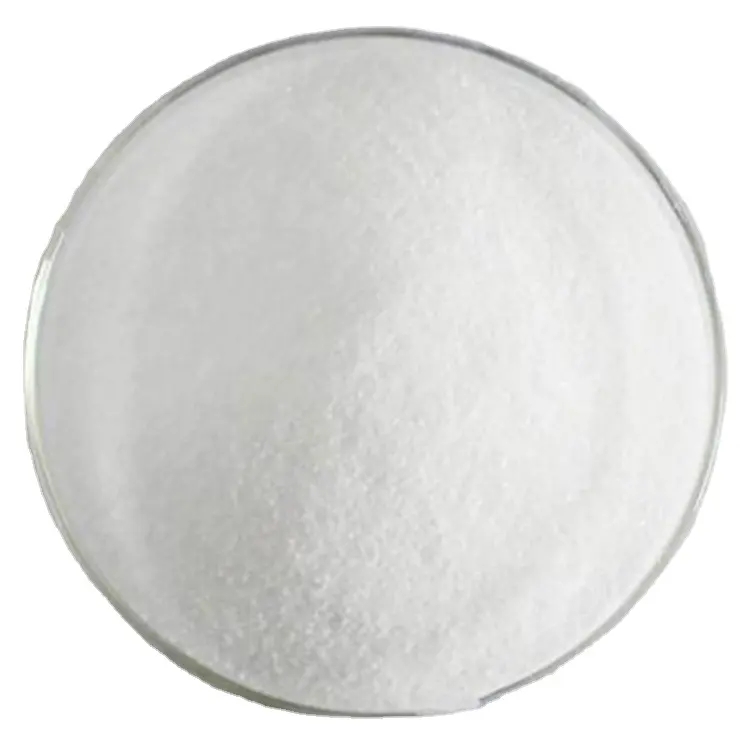
Nov . 23, 2024 18:02 Back to list
TiO2 Coatings for Enhanced Surface Performance and Durability in Various Applications
The Role of TiO2 in Coatings Applications and Advantages
Titanium dioxide (TiO2) has emerged as a pivotal material in the field of coatings, owing to its unique properties and versatility. From automotive finishes to industrial coatings, TiO2 is increasingly being utilized to enhance performance, durability, and aesthetic appeal. This article delves into the applications, benefits, and future prospects of TiO2 in coating formulations.
What is TiO2?
Titanium dioxide is a naturally occurring oxide of titanium, characterized by its white color, high refractive index, and excellent UV resistance. It is widely recognized for its ability to provide opacity and brightness, making it a prime pigment in various industries. Beyond its pigmentary properties, TiO2 exhibits photocatalytic activity under ultraviolet (UV) light, leading to a range of applications in coatings.
Applications of TiO2 in Coatings
1. Architectural Coatings TiO2 is commonly used in exterior paints and coatings due to its ability to reflect UV light and resist degradation. This results in longer-lasting colors and reduced maintenance costs for buildings. Moreover, when incorporated into paints, TiO2 helps to ward off mildew and fungal growth, contributing to healthier living environments.
2. Automotive Coatings The automotive industry benefits significantly from TiO2 due to its high durability and resistance to weathering. Automotive paints containing TiO2 demonstrate excellent gloss retention and color stability, essential for maintaining a vehicle's aesthetic appeal over time. Furthermore, TiO2's photocatalytic properties can help in self-cleaning surfaces, reducing the need for manual washing.
3. Industrial Coatings In industrial applications, TiO2 coatings are employed due to their abrasion resistance and chemical stability. These coatings provide protection for machinery, pipelines, and storage tanks, enhancing their lifespan and reducing maintenance costs. TiO2's reflective properties also contribute to energy savings by keeping surfaces cooler, thus minimizing air conditioning requirements in industrial facilities.
4. Nanocoatings The advent of nanotechnology has enabled the development of TiO2-based nanocoatings, which possess superior characteristics such as enhanced scratch resistance, improved anti-fogging, and self-cleaning abilities. These coatings are being utilized in a variety of fields, including electronics, optics, and textiles.
tio2 for coating

Advantages of Using TiO2 in Coatings
- Durability TiO2 contributes to the longevity of coatings, making them resistant to fading, chalking, and weathering. This durability is particularly beneficial for exterior applications subjected to harsh environmental conditions.
- UV Protection Coatings formulated with TiO2 effectively block harmful UV rays, protecting underlying materials from degradation and prolonging the life of structures and products.
- Environmental Benefits TiO2 is non-toxic and environmentally friendly, making it a suitable alternative to more harmful pigments and additives. Additionally, its photocatalytic properties contribute to air purification by breaking down pollutants in the presence of light.
- Versatility TiO2 can be modified to enhance specific properties such as hydrophobicity or oleophobicity, allowing for tailored solutions for various applications.
Future Prospects
As industries increasingly prioritize sustainability and performance, the demand for TiO2 in coatings is likely to grow. Ongoing research into enhancing its properties and reducing production costs will further boost its integration into innovative coating technologies. The potential for TiO2 to play a role in energy-efficient and self-cleaning coatings presents exciting opportunities for future advancements.
Conclusion
Titanium dioxide stands out as a highly beneficial component in coatings, offering a blend of aesthetic appeal, durability, and environmental friendliness. Its continued evolution within various applications ensures that TiO2 will remain a staple in the coatings industry, supporting a shift towards more sustainable and effective solutions. As technology progresses, we can anticipate even more innovative uses for TiO2, further cementing its role as a crucial material in modern coatings.
-
Premium 6618 Titanium Dioxide for GPT-4 Turbo Applications
NewsJul.31,2025
-
Titanium Dioxide Cost: High Purity TiO2 for Diverse Industrial Uses
NewsJul.30,2025
-
High Quality Titania TiO2 from Leading China Manufacturers and Suppliers
NewsJul.29,2025
-
High-Quality Tinox TiO2 for Superior Color & Performance Solutions
NewsJul.29,2025
-
High Quality Titania TiO2 from Leading China Supplier & Manufacturer
NewsJul.29,2025
-
High-Performance r6618 TiO2 for Superior Whitening and Versatility
NewsJul.28,2025
